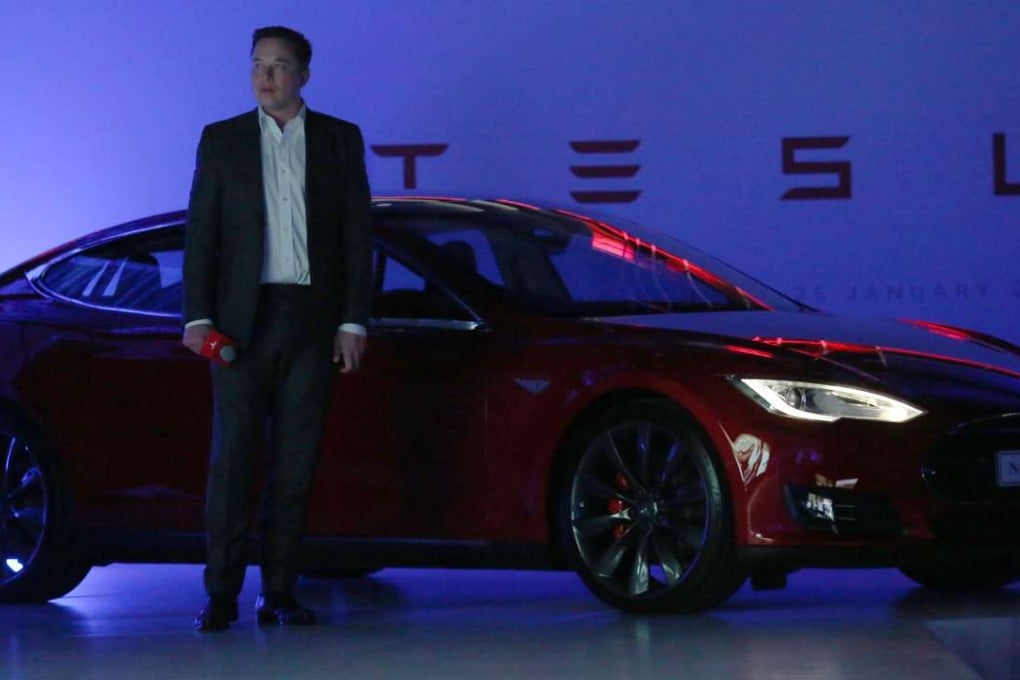Driving innovation: lessons in integration from Tesla’s Elon Musk
What Tesla has taught managers about the importance of vertical integration

Elon Musk has stunned the car industry again. The famously ambitious CEO tweeted last Friday that Tesla will roll out self-driving capabilities in mid-December, right before Christmas.
Model S, Tesla’s most popular sedan, and Model X, the family SUV, will receive incremental updates to their autopilot features.
Owners will soon start enjoying features ranging from “exit ramp autonomy” on highways and automatic lane-changing, to auto-steering which helps cars navigate complex roads, and smart summon – where the car comes to pick you up. These changes don’t require a visit to a service centre; the new software will be quietly downloaded overnight.
The idea of an autonomous vehicle isn’t new. It wasn’t even started by Tesla or Google. Aircraft got autopilot a decade after the world’s first flight by the Wright brothers. For years, autonomous harvesters have been active in corn fields and driverless excavators have been going down mine shafts.
Elon Musk saw depending on foreign suppliers as a weakness, not cost savings
As early as 1939, at the New York World Fair, General Motors invited visitors to its “Highways & Horizons” pavilion that showcased a futurama ride of a then imagined world of the 1960s. Automatic highways were in full rage. Trench-like lanes helped keep cars apart in their own “tracks”. Drivers would relax until the designated exits. The system promised safety, speed, and access. More cars could share the road, while intelligent intersections minimised congestion.
